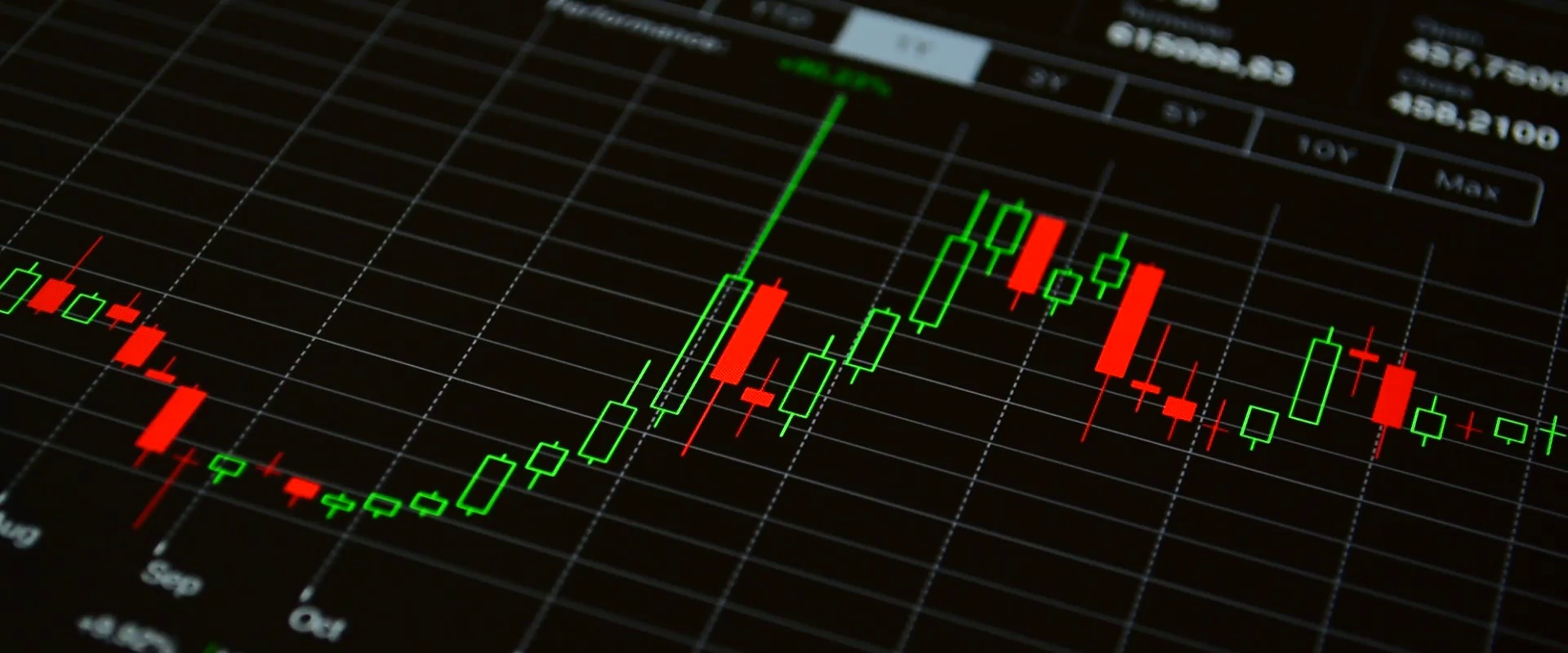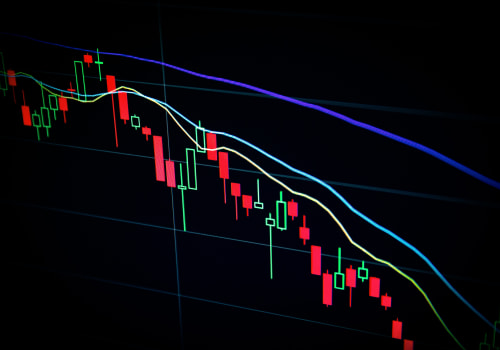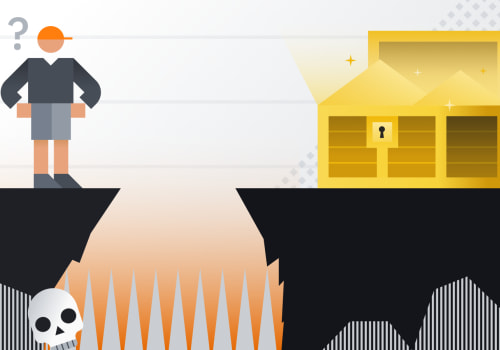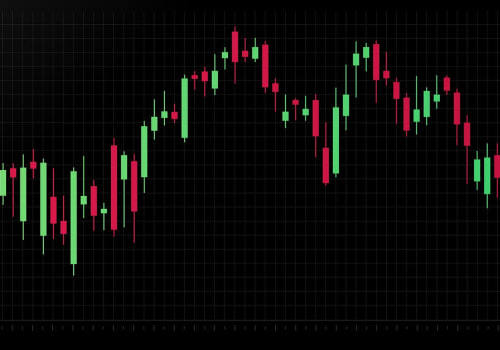Drawing supply and demand zones is a crucial skill for successful forex trading. These zones represent areas where the price of a currency pair is likely to experience significant buying or selling pressure. By identifying and drawing these zones accurately, traders can gain valuable insights into market trends and make informed trading decisions. In this article, we will explore the process of drawing supply and demand zones in forex and discuss their importance in trading strategies.
Are you interested in mastering the art of Forex trading? One of the key skills that successful traders possess is the ability to identify and utilize supply and demand zones effectively. In this article, we will explore how to draw supply and demand zones in Forex, helping you gain a deeper understanding of this essential concept. Whether you are a beginner or an experienced trader, the knowledge of supply and demand zones will provide you with a valuable edge in the Forex market.
What is Supply and Demand Zones in Forex Trading?
To grasp the concept of supply and demand zones, let's use a simple analogy. Imagine a marketplace where buyers and sellers interact. When there is a high demand for a particular item, sellers increase their prices to
maximize profits. Conversely, when there is excess supply, prices decrease to attract more buyers. These areas of price imbalance, where supply and demand are at odds, are known as supply and demand zones.
Supply zones represent areas where there is an abundance of sellers, leading to potential price decreases. Demand zones, on the other hand, signify areas where buyers dominate, creating the potential for price increases. By identifying these zones on a price chart, traders can anticipate future market movements and make informed trading decisions.
Understanding Supply and Demand Zones
To draw supply and demand zones effectively, it is essential to understand what they represent in the forex market. Supply zones are levels where there is a higher concentration of sellers, causing the price to potentially reverse or decrease. On the other hand, demand zones indicate areas with an abundance of buyers, leading to potential price reversals or increases. These zones are based on the concept of market imbalance between supply and demand.
Importance of Identifying Supply and Demand Zones in Forex
Identifying supply and demand zones is crucial for several reasons. Firstly, these zones act as key levels of support and resistance, providing valuable information about potential price reversals. Traders can use them to determine optimal entry and exit points for their trades. Secondly, supply and demand zones help traders understand the psychology of market participants. By analyzing these zones, traders can gauge
market sentiment and make more informed predictions about future price movements.
Identifying supply and demand zones requires a keen eye and an understanding of market dynamics. Here are a few key factors to consider when pinpointing these zones:
Price Consolidation: Look for areas on the chart where price has consolidated or moved sideways. These zones often indicate a balance between supply and demand.
Volume Analysis: Analyze the trading volume during price consolidations. Higher volume suggests stronger supply or demand, increasing the significance of the zone.
Multiple Touches: Pay attention to areas where price has repeatedly touched a certain level. These touchpoints indicate the presence of a strong supply or demand zone.
Timeframe Confirmation: Verify the identified zones across multiple timeframes. The more timeframes that confirm a particular zone, the stronger its validity.
By combining these factors, you can increase the accuracy of your supply and demand zone analysis and make more informed trading decisions.
Tools and Techniques for Drawing Supply and Demand Zones
Drawing accurate supply and demand zones requires the use of certain tools and techniques. Here are some commonly used methods:
1. Support and Resistance Levels
Support and resistance levels are important tools for identifying supply and demand zones. These levels are based on historical price data and represent areas where the price has previously reversed. By drawing horizontal lines at these levels, traders can identify potential zones of interest.
2. Trendlines
Trendlines can also be useful for drawing supply and demand zones. Traders can draw trendlines connecting significant highs or lows to identify zones where the price is likely to reverse.
3. Fibonacci Retracement
Fibonacci retracement is a popular technical analysis tool that can help identify potential supply and demand zones. Traders use Fibonacci levels to determine areas of price retracement after a significant move in the market.
Once you have identified potential supply and demand zones, it's time to draw them on your price chart. Here's a step-by-step guide to drawing these zones effectively:
Locate the Zone: Identify the price level where the supply or demand zone begins. This level should align with the factors discussed earlier.
Draw a Horizontal Line: Use a horizontal line tool on your trading platform to mark the beginning of the zone. Ensure the line spans across the relevant price range.
Extend the Zone: Extend the zone to the right of the chart, encompassing the entire price range where supply or demand is concentrated.
Adjust the Zone: Fine-tune the zone's boundaries by aligning it with the significant price levels and touchpoints within the zone.
Add Descriptions: Label your supply and demand zones with brief descriptions, such as "Supply Zone" or "Demand Zone," for clarity.
Remember, drawing supply and demand zones is both an art and a skill that improves with practice. As you gain experience, you will become more adept at identifying and drawing these zones accurately.
Step-by-Step Guide: How to Draw Supply and Demand Zones
Now let's dive into a step-by-step guide on how to draw supply and demand zones in forex:
Step 1: Identify Significant Swing Highs and Lows
Start by identifying significant swing highs and lows on the price chart. These are points where the price has reversed direction, indicating potential areas of supply or demand.
Step 2: Draw Zones Using Horizontal Lines
Once you have identified the swing highs and lows, draw horizontal lines to mark the boundaries of the supply and demand zones. These lines should encompass the price range where the reversals occurred.
Step 3: Refine the Zones
Refine the zones by adjusting the boundaries based on additional price action confirmation. Look for areas where the price has shown multiple reversals or where there is a clear presence of buyers or sellers.
Step 4: Validate the Zones
Validate the zones by checking if the price respects the drawn levels in subsequent price movements. If the price consistently reacts to these zones, it indicates their significance and validity.
Common Mistakes to Avoid When Drawing Supply and Demand Zones
While drawing supply and demand zones, traders should be aware of common mistakes to avoid. These include:
Drawing zones based on limited price data
Failing to adjust the zones based on additional confirmation
Drawing zones too close to the current market price
Neglecting to validate the zones with subsequent price movements
Using Supply and Demand Zones in Forex Trading Strategies
Supply and demand zones can be incorporated into various forex trading strategies. Here are a few examples:
Zone Breakout Strategy: Traders can enter a trade when the price breaks out of a supply or demand zone, indicating a potential continuation or reversal.
Zone Retest Strategy: Traders can wait for the price to retest a broken supply or demand zone and then enter a trade in the direction of the original breakout.
Zone Confluence Strategy: Traders can look for areas where multiple supply or demand zones coincide with other technical indicators or chart patterns to increase the probability of a successful trade.
Now that you understand how to draw supply and demand zones, let's explore how you can utilize them in your Forex trading strategy. Here are a few ways supply and demand zones can enhance your trading approach:
Support and Resistance Levels: Supply and demand zones act as significant support and resistance levels. Prices often react strongly when they approach these zones, presenting potential trading opportunities.
Reversal Trading: When price approaches a supply or demand zone, it often experiences a reversal. By entering trades at these zones, you can catch potential trend reversals and profit from them.
Breakout Trading: Supply and demand zones can also be used for breakout trading strategies. Breakouts occur when price breaks through a zone, indicating a significant shift in supply or demand.
Risk Management: By considering supply and demand zones, you can identify optimal entry and exit points for your trades. This approach helps you manage your risk effectively and improve your overall trading performance.
Incorporating supply and demand zones into your Forex trading strategy requires practice and discipline. With time, you will develop a deeper understanding of how these zones interact with price movements, leading to more profitable trades.
Common Mistakes to Avoid
To ensure your supply and demand zone analysis is accurate, it's essential to avoid common pitfalls. Here are a few mistakes to watch out for:
Overcomplicating Analysis: Stick to the basic principles of supply and demand. Avoid adding too many indicators or conflicting signals that can cloud your judgment.
Ignoring Confirmation Signals: Always seek confirmation from multiple timeframes and indicators before placing trades based on supply and demand zones.
Neglecting Risk Management: Even with a solid understanding of supply and demand zones, risk management remains crucial. Set appropriate stop-loss levels and manage your position sizes to protect your capital.
Neglecting Fundamental Analysis: While supply and demand zones provide valuable insights, it's important to consider fundamental factors that can influence the market as well. Stay updated with economic news and events to make informed trading decisions.
Lack of Patience: Drawing accurate supply and demand zones requires patience and practice. Rushing the process or being hasty in your analysis can lead to inaccurate zone placement.
By avoiding these common mistakes, you can enhance the effectiveness of your supply and demand zone analysis and improve your trading results.
Mastering the skill of drawing supply and demand zones is a valuable asset for any Forex trader. These zones provide insights into market dynamics and help identify potential trading opportunities. By understanding the concepts discussed in this article and applying them in your trading strategy, you can enhance your ability to make informed decisions and improve your overall trading performance.
Q1: How do I identify supply and demand zones in forex?
A1: Supply and demand zones can be identified by looking for areas of price reversals or significant buying/selling pressure. These zones are often marked by multiple swing highs or lows.
Q2: Are supply and demand zones reliable indicators?
A2: Supply and demand zones are considered reliable indicators, especially when validated with subsequent price movements. However, traders should always use them in conjunction with other technical analysis tools.
Q3: Can I use supply and demand zones in conjunction with other trading strategies?
A3: Yes, supply and demand zones can be used in conjunction with various trading strategies, such as trend following, breakout, or retest strategies.
Q4: How often should I redraw supply and demand zones?
A4: Supply and demand zones should be redrawn whenever there is a significant change in price action or when the zones are no longer valid due to price breakthroughs.
Q5: Do supply and demand zones work in all timeframes?
A5: Yes, supply and demand zones can be applied to different timeframes, including intraday, daily, weekly, or monthly charts. The significance of the zones may vary depending on the timeframe.
Q1: How do supply and demand zones impact Forex trading?
Supply and demand zones act as significant support and resistance levels in Forex trading. Traders use these zones to identify potential reversal points and breakout opportunities, enhancing their trading strategies.
Q2: Can supply and demand zones be applied to any timeframe?
Yes, supply and demand zones can be applied to any timeframe. However, it's essential to consider higher timeframes for stronger confirmation and accuracy.
Q3: Do supply and demand zones work in all market conditions?
While supply and demand zones are effective in many market conditions, it's crucial to consider other factors, such as fundamental analysis and market sentiment, for a comprehensive trading approach.
Q4: How can I practice identifying supply and demand zones?
You can practice identifying supply and demand zones by studying historical price charts, analyzing real-time market data, and using demo trading accounts. The more you practice, the better you will become at identifying these zones accurately.
Q5: Are supply and demand zones a guaranteed trading strategy?
No trading strategy can guarantee success in the market. Supply and demand zones provide valuable insights, but traders should always exercise caution, implement proper risk management, and consider other factors before making trading decisions.
Conclusion
Drawing supply and demand zones is a valuable skill for forex traders. By accurately identifying these zones, traders can gain insights into potential price reversals, support and resistance levels, and market sentiment. The step-by-step guide provided in this article can serve as a starting point for traders looking to incorporate supply and demand zones into their trading strategies. Remember to use these zones in conjunction with other technical analysis tools and practice proper risk management. Happy trading!












Leave Reply